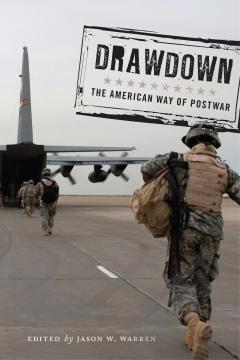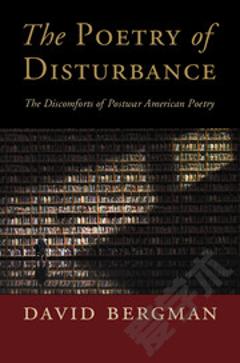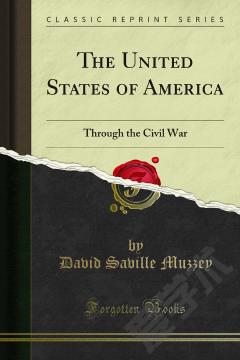Drawdown: The American Way of Postwar
It is always difficult for a historian to review a book on a topic that has, or should have, much to contribute to a contemporary military issue. Should the reviewer focus on the book's historical importance or speculate on its current relevance? The problem is compounded in an edited volume of articles, each of which has to be assessed both for academic worth and as guidance for the present. Unfortunately, Drawdown: The American Way of Postwar is likely to frustrate both historians and those interested in the debates over current defense reductions. Despite some excellent individual essays, the book is inadequately organized and edited, providing neither a coherent interpretation of "the American way of postwar" nor guidance for today's military realities. [ILLUSTRATION OMITTED] The forward by Peter Mansoor and the introduction by Michael E. Lynch make a commendable effort to impose intellectual consistency. Lynch, referencing one of the chapter titles, postulates a "liberty dilemma" in which the requirement for military forces to defend national security is countered by the public's fear of military influence and socioeconomic costs. It is a valiant attempt, but Lynch struggles to locate an American way of postwar in a book that is less a collective effort than a diverse collection of essays reflecting a variety of research interests. Three essays on the post-Vietnam drawdown offer a model that might well have served for the rest of the book, and certainly would have made Lynch's task easier. Individually they provide both historical narrative and provocative interpretation. Together, they form a coherent, integrated analysis of the drawdown experience since Vietnam. In a tight, well-researched essay, Conrad C. Crane explores what he terms the "myth of the Abrams doctrine." His admirers have credited the general with so intertwining the active and reserve components of the military that no president could go to war without both--thus somehow insuring political and popular commitment to future conflicts. Crane questions whether this was ever Abrams' purpose and concludes, "if he actually did have that goal... he failed miserably" (249). Antulio J. Echevarria II offers an insightful critique of what others have mythologized as the "good drawdown" in which "prodigal soldiers" restored the US Army's pride and competence. The service's focus on one mission for nearly two decades--deterring or defeating the USSR in western Europe--inspired reforms in doctrine, equipment, concepts, force structure, training, and so on--all of which appeared to be justified in the quick triumph of Desert Storm, and increasingly irrelevant thereafter. Richard A. Lacquement Jr. provides a significant investigation of the post-Cold War drawdown, concluding that a combination of inertia, emerging if relatively low-level threats, and global ambitions left the armed forces comparatively untouched. â¦
{{comment.content}}








 京公网安备 11010802027623号
京公网安备 11010802027623号